Market Analysis
In-depth Analysis of India FMCG Market Industry Landscape
The Fast-Moving Consumer Goods (FMCG) market in India is influenced by several key market factors that shape its dynamics and growth trajectory. One significant factor is India's large and diverse population, which exceeds 1.3 billion people. This vast consumer base presents immense opportunities for FMCG companies, as it encompasses a wide range of demographics, including urban and rural consumers, different income groups, and varied cultural preferences. The sheer size of the population, coupled with rising disposable incomes and changing consumer lifestyles, drives demand for FMCG products across various categories, including food and beverages, personal care, home care, and packaged goods.
Furthermore, urbanization and the expansion of the middle class are driving market growth in India's FMCG sector. As more people migrate from rural areas to cities in search of better economic opportunities, urbanization accelerates the adoption of modern retail formats such as supermarkets, hypermarkets, and convenience stores. Urban consumers tend to have higher purchasing power and greater exposure to branded products, leading to increased consumption of FMCG goods. Moreover, the growing middle class aspires to improve their quality of life, leading to higher spending on discretionary items such as packaged foods, cosmetics, and household essentials.
Additionally, changing consumer preferences and lifestyle trends play a significant role in shaping the FMCG market in India. As consumers become more health-conscious and environmentally aware, there is a growing demand for organic, natural, and eco-friendly FMCG products. Brands that offer healthier alternatives, sustainable packaging, and ethical sourcing practices are gaining traction among discerning consumers. Moreover, with increasing awareness of personal hygiene and wellness, there is a surge in demand for premium personal care products, including skincare, hair care, and oral care products.
Moreover, digitalization and e-commerce have transformed the FMCG landscape in India, opening up new avenues for growth and market expansion. The widespread availability of smartphones and affordable internet access has fueled the adoption of online shopping platforms, leading to the rise of e-commerce channels for FMCG products. Consumers are increasingly turning to online platforms to purchase groceries, household essentials, and personal care items due to the convenience, accessibility, and wide product assortment offered by e-commerce platforms. FMCG companies are leveraging digital marketing, social media, and e-commerce strategies to reach consumers directly, bypassing traditional distribution channels and tapping into the burgeoning e-commerce market.
Furthermore, government policies and regulations significantly impact the FMCG market in India. Initiatives such as the Goods and Services Tax (GST) and the Make in India campaign have aimed to streamline taxation, reduce logistical barriers, and promote domestic manufacturing, thereby fostering a conducive business environment for FMCG companies. Additionally, regulatory reforms and initiatives to enhance food safety standards, labeling requirements, and product quality assurance contribute to building consumer trust and confidence in FMCG brands.
Lastly, competitive dynamics and market consolidation are prominent factors shaping the FMCG market landscape in India. The market is characterized by intense competition among domestic players, multinational corporations, and emerging startups vying for market share across product categories. Companies invest in branding, advertising, and product innovation to differentiate themselves and stay ahead of competitors. Moreover, mergers, acquisitions, and strategic alliances are common strategies adopted by FMCG companies to expand their product portfolios, enter new markets, and strengthen their competitive position in the Indian FMCG market. Overall, these market factors collectively drive growth, innovation, and evolution within the dynamic FMCG sector in India.

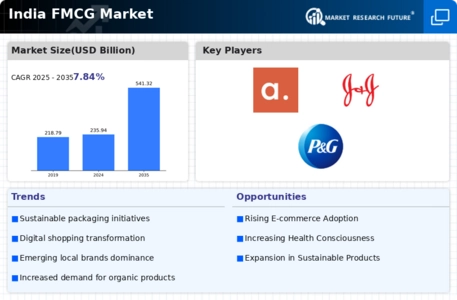
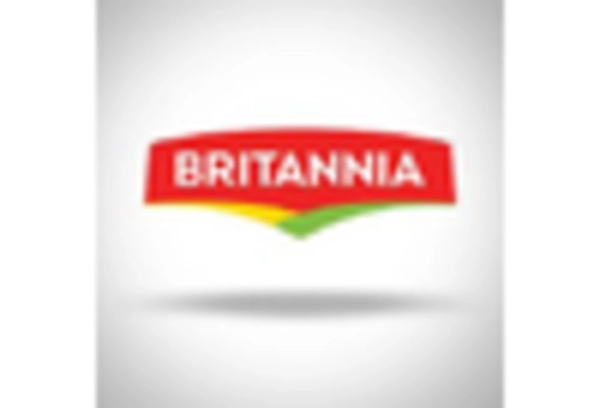
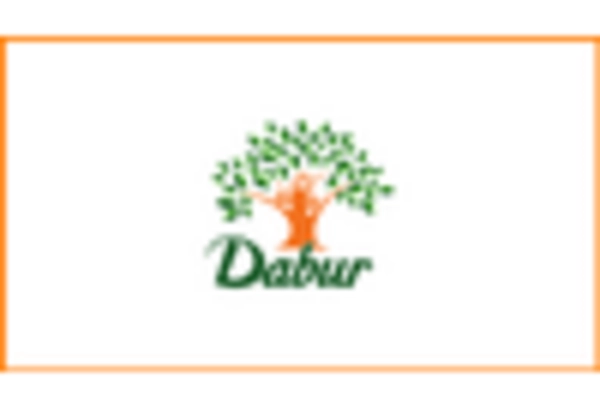
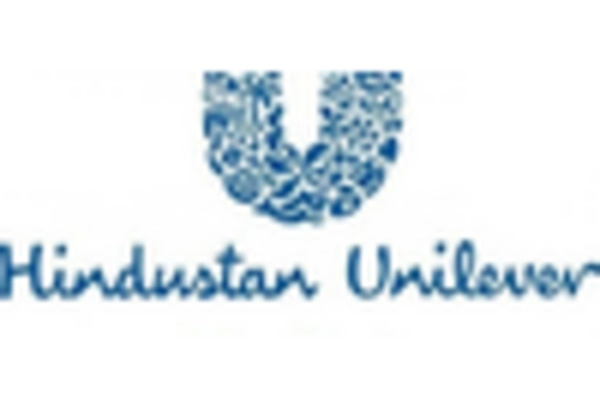
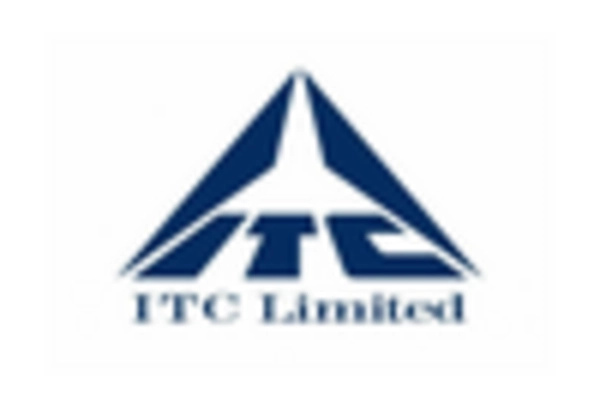
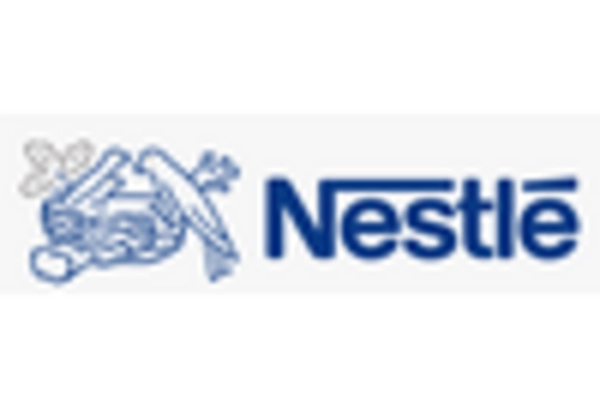
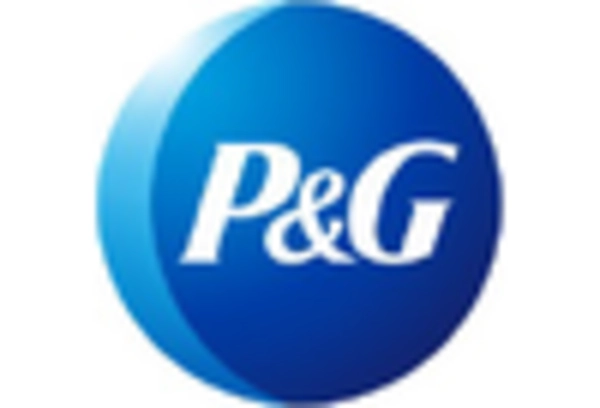

Leave a Comment